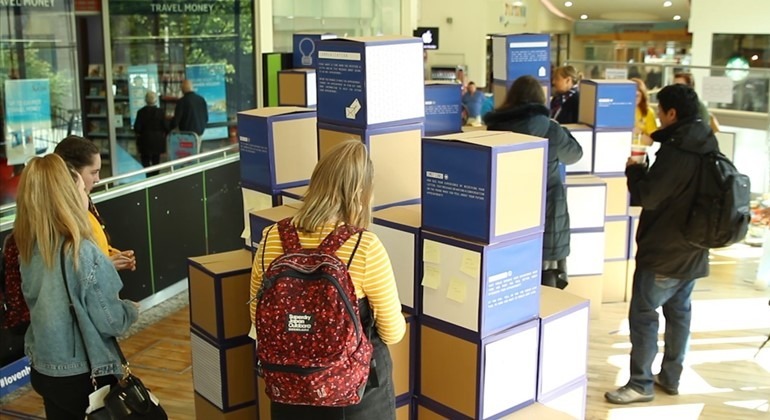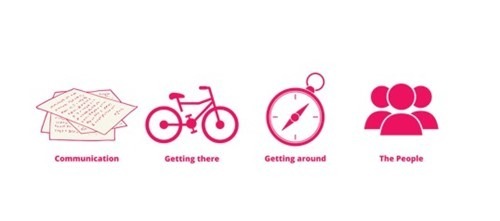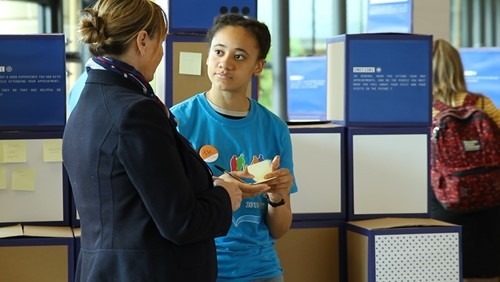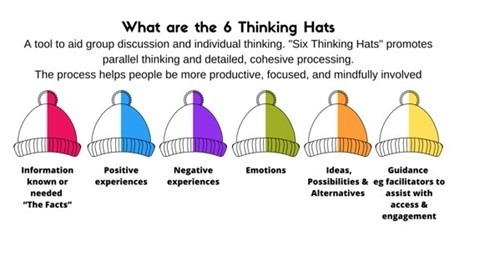Learning together: Improving access and experience
Dr Kate Arrow, Scottish Clinical Leadership Fellow and Anaesthetic Specialty Registrar in NHS Tayside blogs about improving access and experience for patients.
Think about the last time you bought something? Maybe an item from an online shop? Think about how easy it was?
Online retailers make it almost impossible not to buy their products, ‘popping’ it up in front of you every time you open social media, offering close alternatives, one click purchases and easy returns.
In private industry, the user interface i.e. the way a customer interacts with a service, is vital to sustaining business. Drawing you in and creating the best experience means customers often feel satisfied, loyal and valued.
Now think about an experience of visiting the Doctor or Nurse? Was it as easy?
Public services such as the NHS are working to make it easier to access the information and services that patients need.
Traditionally, services such as health and social care are designed by the people who provide them, often assuming what the patient wants or needs. Services are not consistently designed in partnership with patient and carers, and this can mean that their needs are not met.
Working with patients to design services not only reduces waste and improves experience, it also generates ideas for change.
The Tayside Story
In NHS Tayside around 2500 outpatient’s appointments are missed each week. At a cost of £151 per appointment, this amounts to around £300000 per week.
On the weekend of 11th & 12th May 2019 a Co-Design Pop Up shop was opened in Dundee Overgate Shopping Centre. It asked visitors to share their experiences of attending NHS appointments by asking the question;
NHS Appointments; What matters to you?
The Pop Up took place during Dundee Design Month and was the first healthcare pop up to feature in the festival of design.
The collaboration between NHS Tayside and Dundee City Council was designed to be visual, interactive, portable, low cost and recyclable.

The focus was;
- To allow the public to share their experiences & stories of the patient journey to outpatient’s appointments.
- Find themes in both the positive & negative experiences;
- Celebrate the positive experiences & feed these back to departments
- Address negatives at appropriate level, creating short & long term goals
- Highlight NHS Scotland’s commitment to Person-Centred Care
- Identify ideas for change
Reflecting the priorities of Realistic Medicine, “The What Matters to You Campaign” and “Getting it Right first Time”, the shop allowed visitors to follow the patient journey, engaging with touch points to share experiences and generate ideas for change.
Touch Points for this question were;
- Communication
- Getting there
- Getting around
- The People

 Medical and design students led visitors through the journey, exploring their experiences, challenges and suggested solutions, through the ‘6 thinking hats’. Visitors walked through the Pop Up as if they were following the patient journey.
Medical and design students led visitors through the journey, exploring their experiences, challenges and suggested solutions, through the ‘6 thinking hats’. Visitors walked through the Pop Up as if they were following the patient journey.


The tone of the experience was positive, no- blame and aimed to leave visitors with optimism by finishing with ‘The Tower of Power’ which asked;
Congratulations! Your input and ideas could save NHS Tayside £300,000 per week.
Where would you spend or invest this money?
Take home messages
Over 2 days the pop up had over 1000 interactions with members of the public. Strong themes emerged from the patient journey, these are summarised in the infographic below

These themes were presented to the service design groups within the Transforming Tayside strategy. The feedback was incorporated into the workstreams of these groups and will from part of their strategy going forward.
The process was an important learning event for the students and health professionals who heard the stories of visitors, both positive and negative, and we hope to present many of the ideas for change to Leaders within the local universities as concepts to explore further within their studies.
The use of design tools such as journey mapping and the 6 thinking hats enabled visitors to share a broad experience and explore a diverse range of thoughts; from car parking to staff morale.
Taking service design into the community meant we heard a widely representative voice from our local population. It demonstrated NHS Scotland’s commitment to public partnership and co-design, aiming to improve services and access for all.
In Scotland, 2% of the population use 50% of resources, our challenge is to promote equity in how our services and information are offered and consumed by our citizens. Partnership with our patients is vital in realising this vision of equitable and collective service design and provision.
